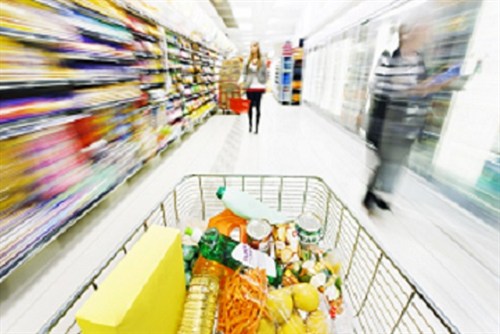Share this article:
Related Resources
Back to School Trends 2024
As summer winds down, parents across the country are gearing up for the annual back-to-school shopping season.…
How, When, and Where Will Consumers Shop for the Holidays in 2021?
Holiday shoppers have learned to love the ease and convenience of online shopping, but they’re craving a little…
5 Key Steps to Identify the Best Consumer Insights
At a time when consumers want more personalized products and services, market segmentation research can identify…
Six Ways to Reduce Market Research Timelines and Make Faster Strategic Decisions
1. Project Planning: Partner with a quick-turn market research expert Research partners with quick-turn research…




